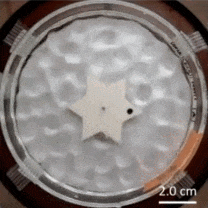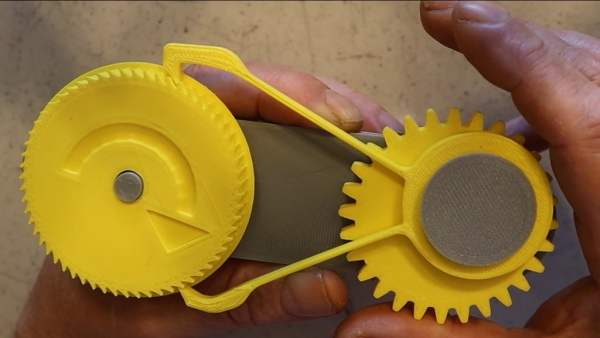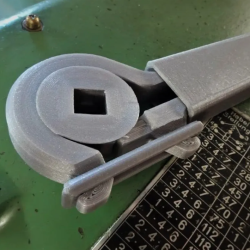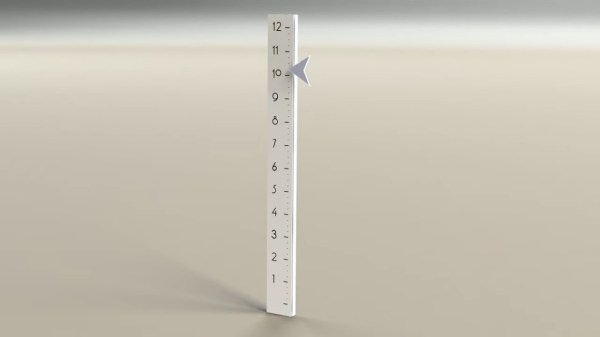Convenient though they may be, [Trevor Faber] found some serious shortcomings in shifting spanners: their worm gears are slow to adjust and prone to jamming, they don’t apply even force to all faces of a bolt head, and without a ratchet, they’re rather slow. To overcome these limitations, he designed his own adjustable ratchet wrench.
The adjustment mechanism is based on a pair of plates with opposing slots; the wrench faces are mounted on pins which fit into these slots, and one plate rotates relative to the other, the faces slide inwards or outwards. A significant advantage of this design is that, since one plate is attached to the wrench’s handle, some of the torque applied to the wrench tightens its grip on the bolt. To let the wrench loosen as well as tighten bolts, [Trevor] simply mirrored the mechanism on the other side of the wrench. Manufacturing proved to be quite a challenge: laser cutting wasn’t precise enough for critical parts, and CNC control interpolation resulted in some rough curves which caused the mechanism to bind, but after numerous iterations, [Trevor] finally got a working tool.
To use the wrench, you twist an outer ring to open the jaws, place them over the bolt, then let them snap shut. One nice touch is that you can close this wrench over a bolt, let go of it, and do something else without the wrench falling off the bolt. Recessed bolts were a bit of an issue, but a chamfer ought to improve this. It probably won’t be replacing your socket set, but it looks like it could make the odd job more enjoyable.
If you prefer a more conventional shifting wrench, you can make a miniature out of an M20 nut. It’s also possible to make a shifting Allen wrench.



















